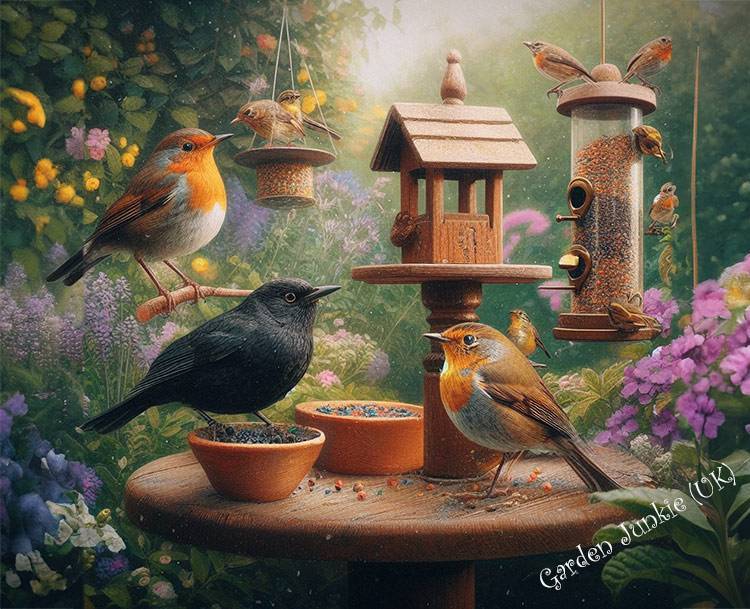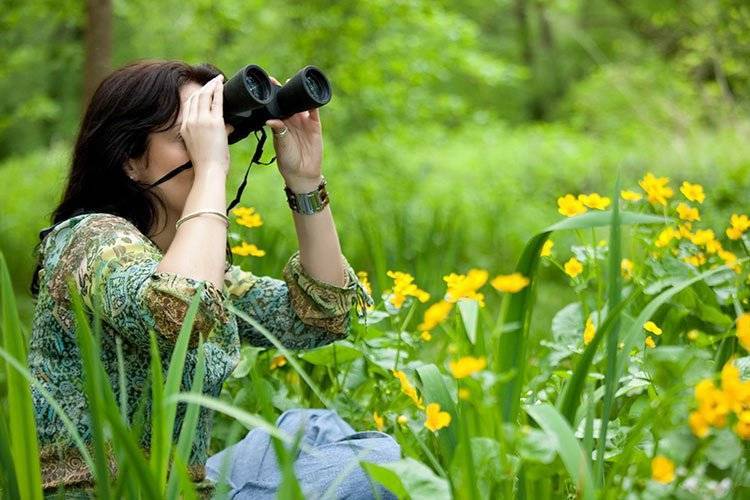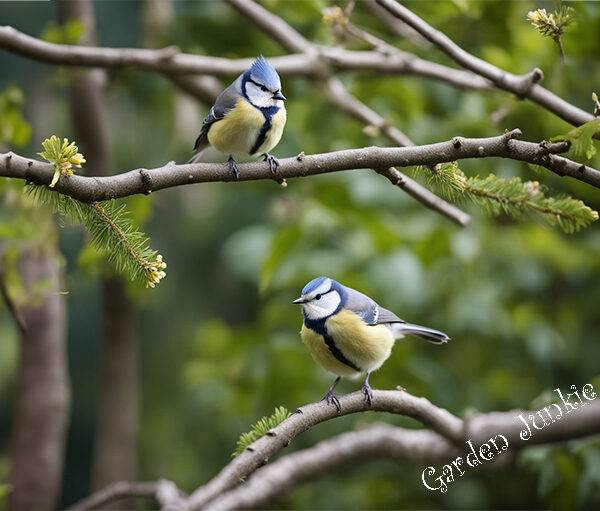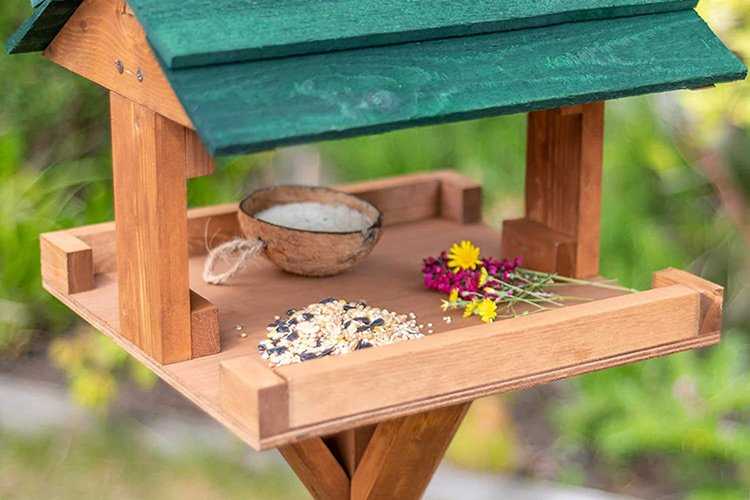Beautiful Plants For Your Interior
Common Garden Birds – (UK)

Birds, bees and butterflies are the mainstay of the UK’s domestic wildlife. For a moment let’s not think about the bees, butterflies and the plethora of other wildlife that can also be found in our gardens, let us not forget the United Kingdom is home to a wide variety of birds. Our common garden birds bring joy and liveliness to our personal outdoor spaces.
From the vibrant robin with its red breast to the charming blue tit and the distinctive blackbird, these feathered friends are a familiar sight in gardens across the country.
Common Garden Birds in The UK: Creating a Bird-Friendly Garden
For those who have created their own garden wildlife oasis, birdwatching and feeding these common garden birds have become popular pastimes for many home nature enthusiasts. These home owner-created ‘gardens for wildlife‘ provide an opportunity to connect with the local wildlife and appreciate the beauty of these avian visitors.
However and perhaps more importantly, in addition to their aesthetic appeal, common garden birds play a vital role in maintaining the ecological balance of their habitats. They contribute to pest control, pollination, and seed dispersal, making them valuable contributors to the overall health of the environment.
Understanding their behaviours, and feeding habits, and perhaps creating their preferred habitats can enhance your personal experiences in observing and interacting with these birds, creating a deeper appreciation for the natural world around us.
In the posts and pages below, we will delve into the characteristics, and behaviours, of some of the most prevalent garden bird species in the UK. We will also take a look at the best foods to feed, environments to create, bird photography, binoculars and birdbox cameras, what are the best ways to observe our common garden birds? And much much more, thus shedding light on their unique traits and how they enrich our surroundings.
Conclusion
The UK’s diverse array of common garden birds adds vibrancy and charm to outdoor spaces. Understanding their behaviour, preferences, and conservation needs can enrich your birdwatching experience. By creating bird-friendly environments and appreciating these feathered visitors, individuals can contribute to preserving these beloved species for future generations to enjoy.




